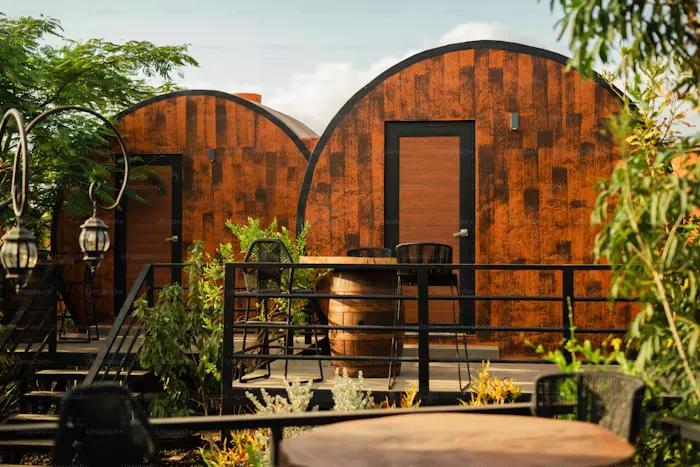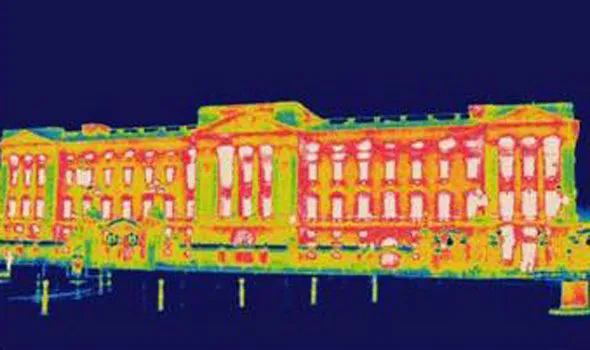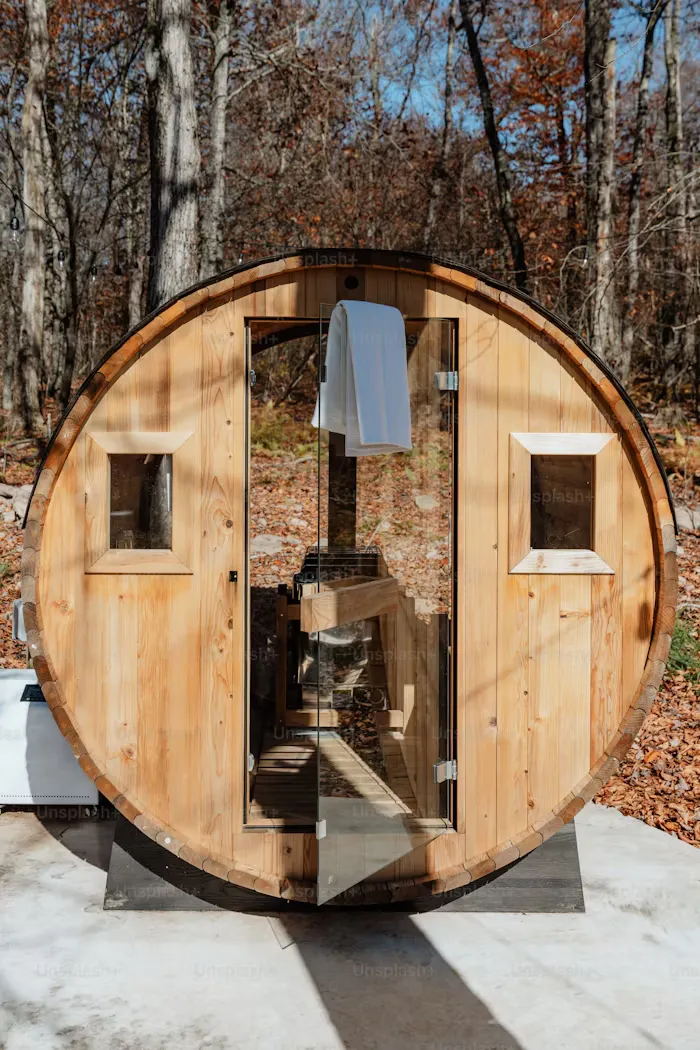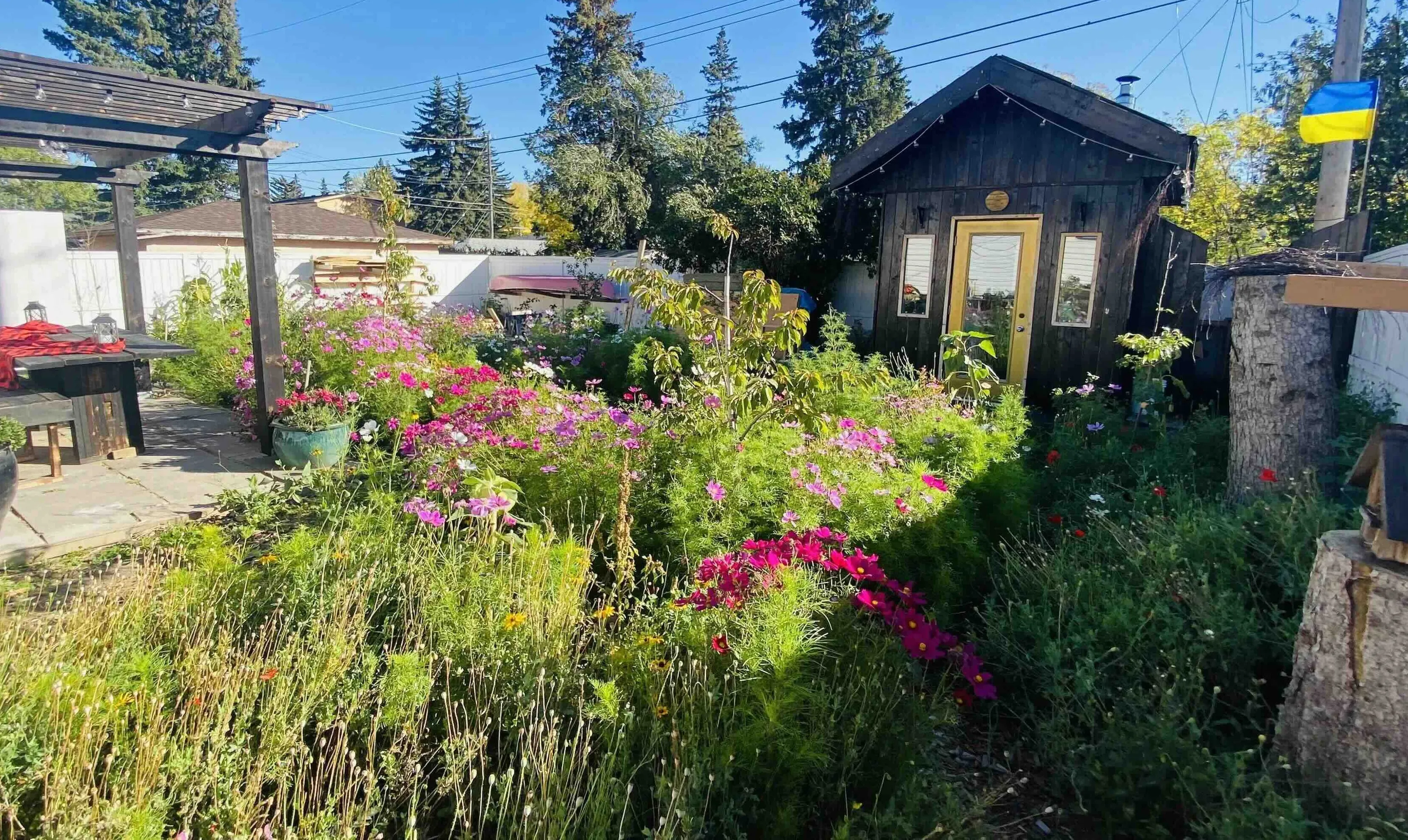barrel saunas
are they good?
A Popular but Imperfect Design
Barrel saunas are everywhere. Their unique shape, affordability, and availability have made them the most popular style of backyard sauna in recent years. For many people, they represent an accessible entry point into sauna culture. But while the barrel sauna has charm, its design has significant limitations. When we consider the gold standard of sauna quality—uniform heat1—barrel saunas leave much to be desired. Let’s explore why this design falls short.

bathing in the nude
The most immediate flaw of a barrel sauna is its construction: the only thing separating the 200-300°C stove from freezing or subzero air outside is an inch of wood. In extreme climates, this design leads to truly incredible heat loss. While a properly insulated wall might have an R-value of 20–25,1 a barrel sauna has an R-value of about 1.2 Ironically, the windows—usually the weak points in thermal design—can end up being the best-insulated part of a barrel sauna!

she's hot and she's cold
A lack of insulation means the heater in a barrel sauna must work overtime to compensate for the constant heat loss. Consider a barrel sauna heated to 85°C and an exterior temperature of -20°C. The heat loss through the sauna is about 6kW, which means that the overwhelming majority of heat your stove produces will be heating your backyard in vain. This creates uneven heat distribution, as the stove can't maintain consistent temperatures throughout the space. Hot and cold spots are unavoidable, and the experience becomes less relaxing and more frustrating.

Feet Below the Rocks
In a barrel sauna, the bench placement is typically low, leaving your feet almost below the level of the stove. This leads to significant temperature differences between your head and feet, disrupting the even warmth that defines a good sauna. Without proper bench height, you’re left sitting in a space where comfort is sacrificed for design simplicity.

Ventilation Challenges
Ventilation in a barrel sauna is another challenge. The compact, rounded design lacks the airflow optimization necessary to circulate heat evenly. Without effective ventilation, heat pools near the stove and leaves other areas of the sauna cooler, further compounding the issue of uneven heat.1

short roofs and thermal imbalance
The barrel sauna’s short roof design exacerbates thermal imbalances. Heat rises naturally, and in a space with a low ceiling, the top of the room can become uncomfortably hot while the lower areas remain too cool. This uneven thermal distribution diminishes the overall experience and makes the sauna less effective.

Cui bono?
Barrel saunas are undeniably popular, and for good reason: they’re affordable, easy to transport, and visually distinctive. But do you know who really loves barrel saunas? Manufacturers! A barrel sauna uses just a few commodity materials, which might cost $2 000, and transforms them into a product sold for over $6 000.1 While many people enjoy barrel saunas, it’s clear that their design prioritizes simplicity and profit over thermal performance and user comfort.

An invitation to Sauna Culture
For many, a barrel sauna serves as their first introduction to the world of sauna. In spite of its obvious design flaws, it delivers the essential elements: warmth, steam, peace, quiet, and camaraderie. Now imagine taking it to the next level—in a space where every detail has been tried and tested over centuries. Picture a sauna where the air is fresh, the heat is uniform, and the steam is soft—a place where the experience is elevated to its true potential.

see for yourself
Ready to experience the timeless tradition of sauna for yourself? Step away from the everyday and immerse yourself in a world of heat, steam, and relaxation. Book your free session at our sauna and discover the profound joy of connection, renewal, and wellness firsthand.
